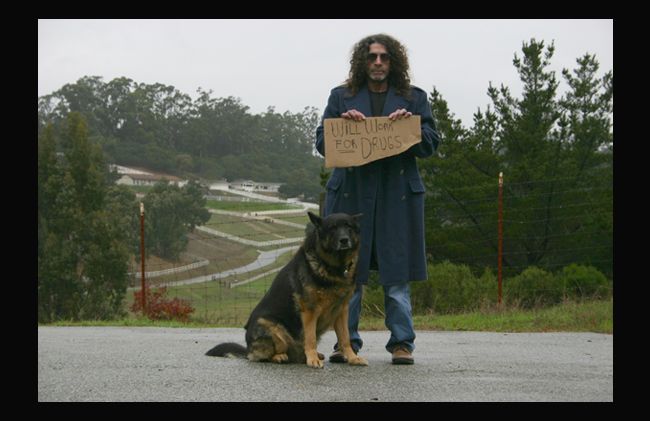"...it is not my place to criticize CrossFit. I
do respectfully disagree with the statement, "The RKC
program and the CrossFit program have more in common
than any other two systems out there."
The principles of the RKC system relevant to this
thread:
* THE EMPHASIS ON TECHNIQUE OVER EXERCISES AND PROGRAM
DESIGN.
Strength is a skill. It must be practiced, not 'worked
out'. See 'The Naked Warrior' for details.
* SAFETY IS VIEWED AS A PART OF, NOT THE OPPOSITE OF,
PERFORMANCE.
Safe exercise is about distributing the load across
many muscle groups and joints rather than smoking the
weak links. E.g., by insisting on retracting the
shoulder during overhead lifts you pass the load from
the small and vulnerable shoulder to the large and
powerful torso. That means good-by to shoulder
injuries. It also means a greater pressing or
supporting strength. Keeping the shoulder down
literally improves the leverage of the press and makes
a great use of the skeletal structure when supporting
weights overhead.
* RESPECTING THE CYCLICAL NATURE OF ADAPTATION.
Top scientists and caoches, Vorobyev, Gallagher, and
countless others, have established beyond the shadow
of a doubt that adaptation -and training -is cyclical,
not linear. To learn more read 'Supertraining' and my
article 'Tactical Periodization' on SRKC Com. Nate
Morrison's site:
http://www.milfitmag.com/sample/page.php?id=2
Training and testing are not the same thing. Go balls
to the wall only in competition or when your duty
demands it. We train and then test. We don't train by
testing. As Com. Steve Baccari, RKC has put it,
"Strength training is like putting money in the bank
to take it out on the fight night."
I will summarize my views.
I don't claim originality; this is the classic Russian
model.
* High volume is required for a long term adaptation.
* High intensity training (regardless of how intensity
is defined) is used for a short term for peaking. Used
over a long haul it leads to injuries, overtraining,
and plateaus.
* The load (volume, intensity) must be constantly
varied. Light and medium loads are just as important
as heavy loads.
* Exercises may be changed after a few weeks but not
sooner. The principle of continuity of the training
process. Minor variations are allowed (e.g. the
tactical pullup vs. the ring pullup; the DL vs. the
snatch grip DL), big changes are not (e.g. the
tactical pullup vs. a row; the DL vs. the SQ).
* The principle of specificity. Training against the
clock for a GS competitor, not a powerlifter.
I do not wish to beat the dead horse any more. If you
wish to understand the above bullets in great detail,
read 'Tactical Periodization',
'Periodization Demystified' in 'Beyond Bodybuilding',
'Supertraining', and Richard Schmidt's motor learning
textbooks. "











